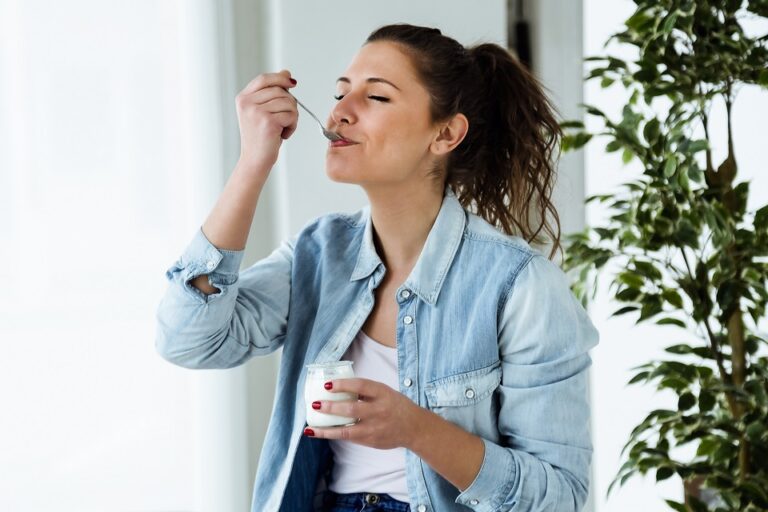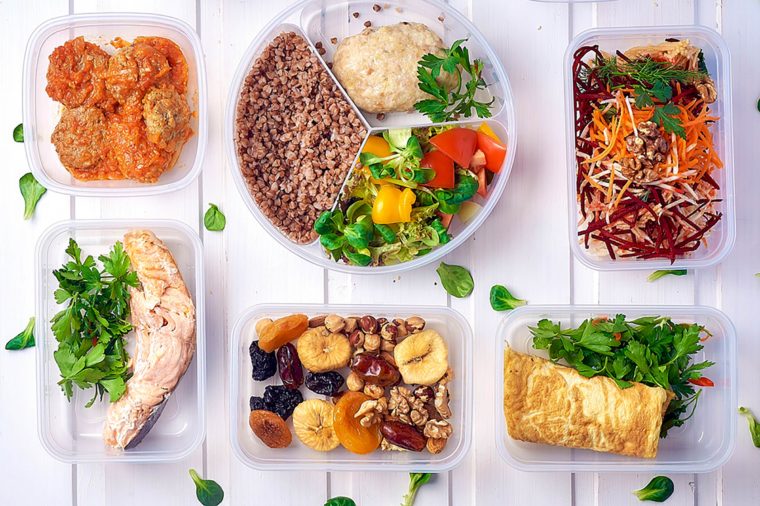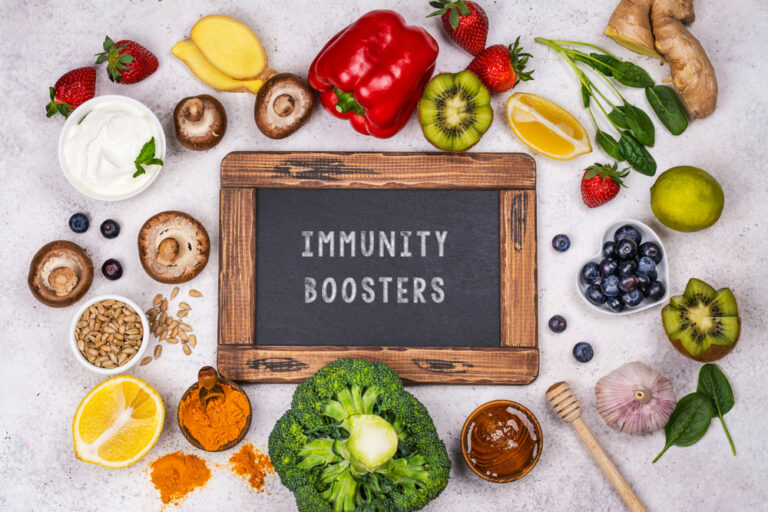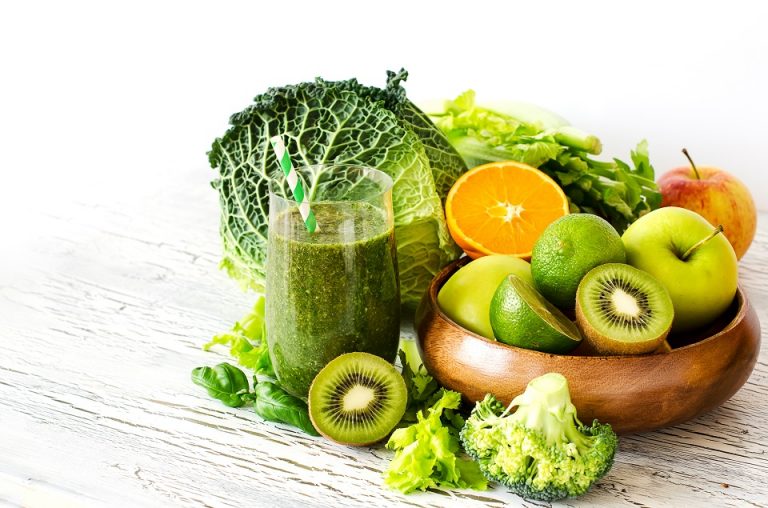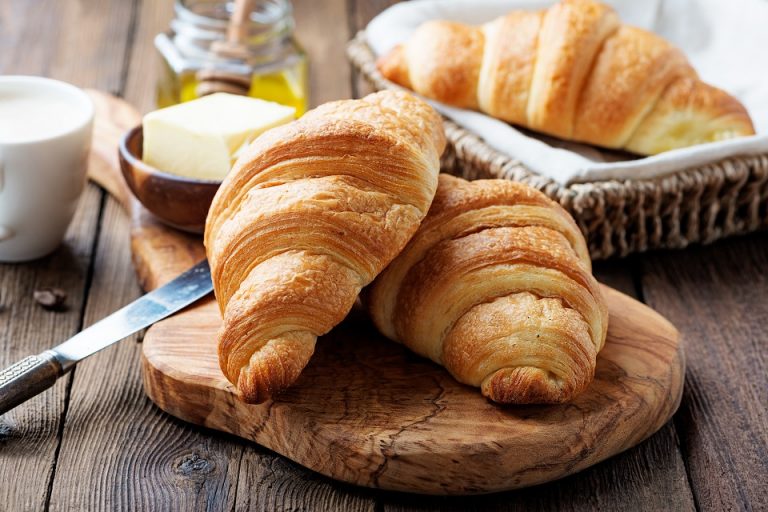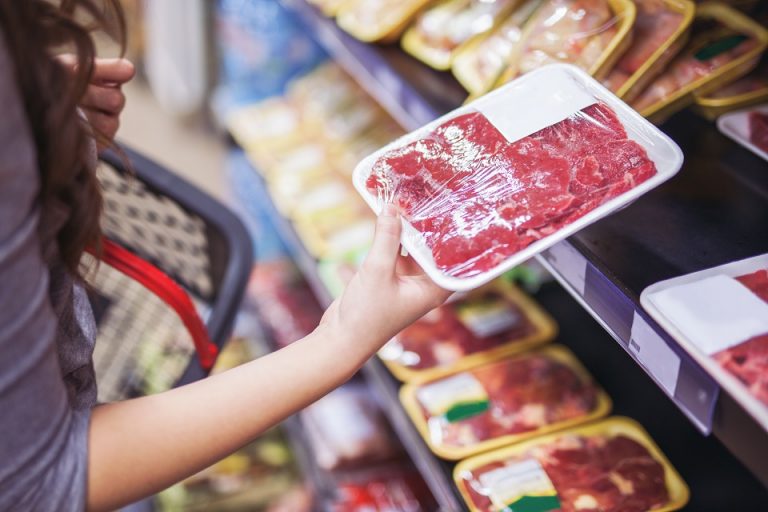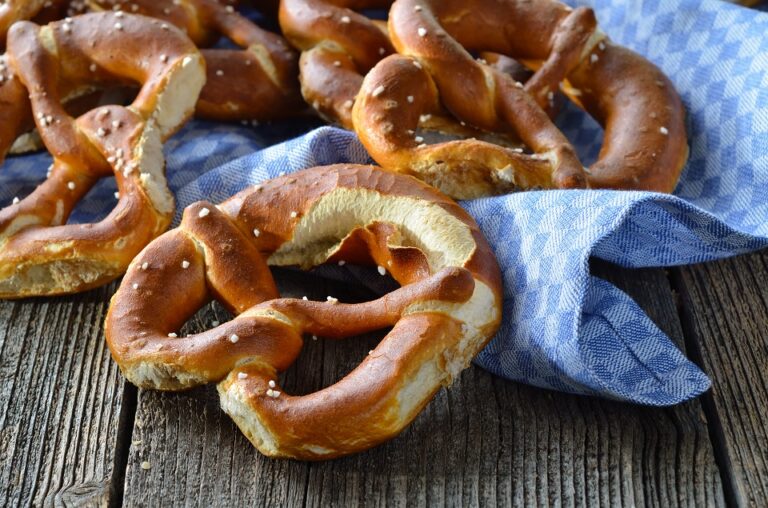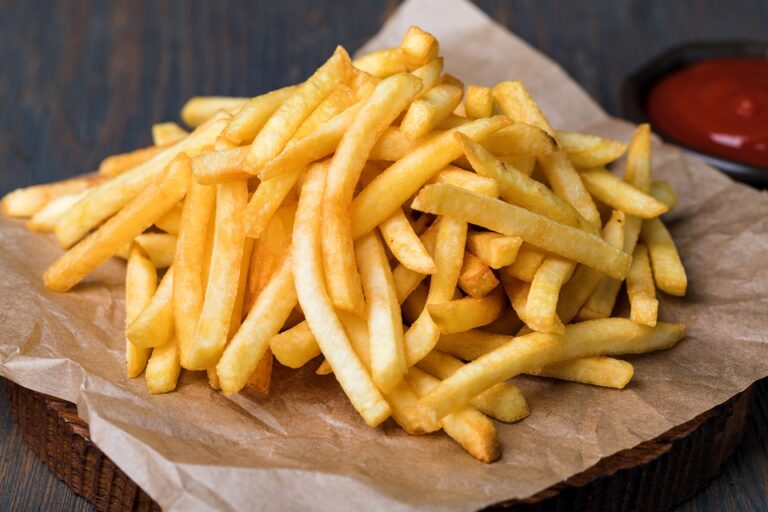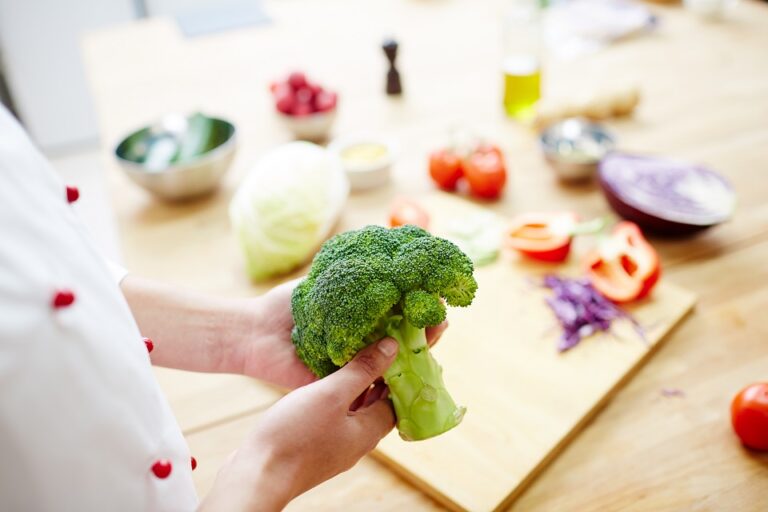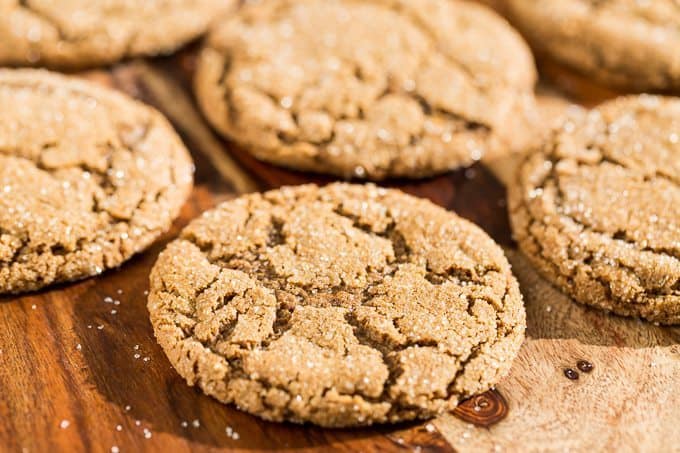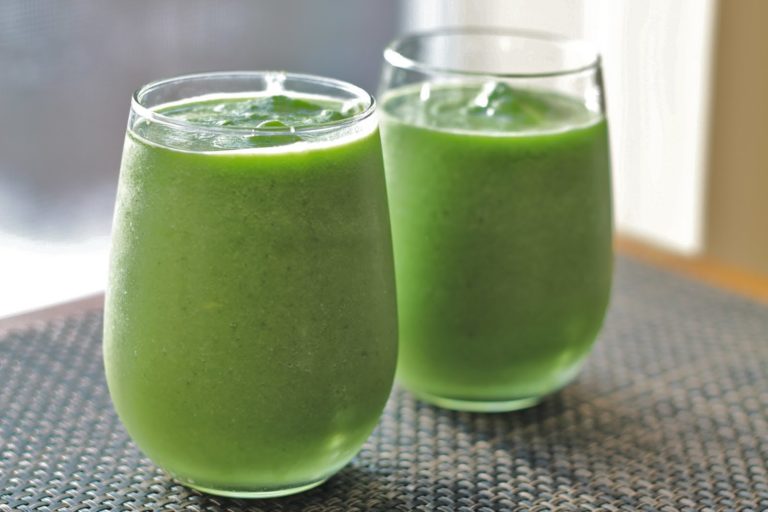
3. Chocolate desserts
If you didn’t know by now, chocolate contains caffeine. “Caffeine is found naturally in cocoa beans,” says Rubin. “When cocoa beans are liquefied to make chocolate, that liquid contains cocoa butter and cocoa solids.”
Lindt notes that a 1-ounce serving of its dark chocolate typically provides about 20 milligrams of caffeine. Although dark chocolate gives us more health benefits than other varieties, you may want to opt for milk chocolate (6 milligrams per ounce) or white chocolate (less than 2 milligrams per ounce) if you’re trying to reduce your daily caffeine intake.
“Caffeine is only found in cocoa solids, not in cocoa butter,” explains Rubin. White chocolate is made with cocoa butter. Take into consideration that desserts prepared with chocolate or cocoa powder also contain caffeine. These include chocolate pudding.
According to the U.S. Department of Agriculture (USDA), a 4-ounce snack-size serving of chocolate pudding has a little over 2 milligrams caffeine. “The darker the pudding, the more caffeine it has because more cocoa powder has been used,” says Rubin.



